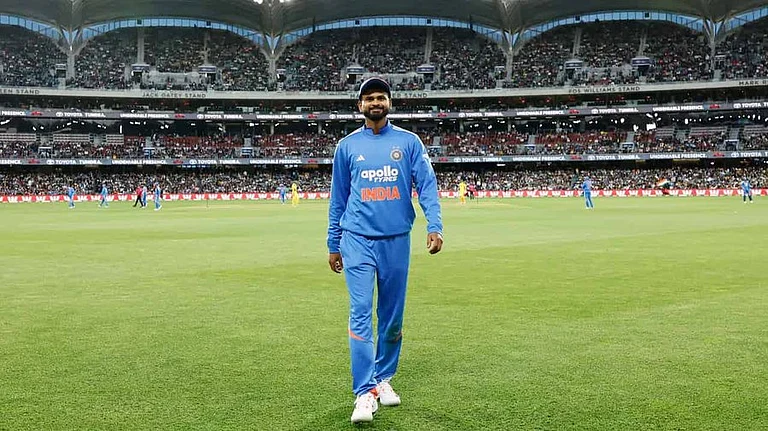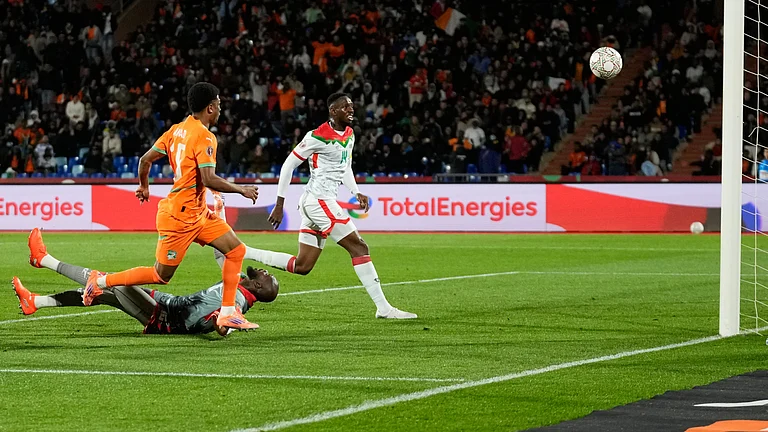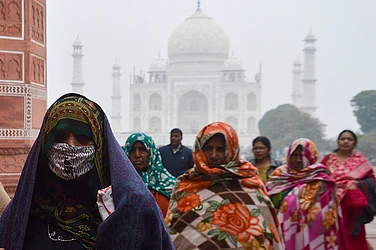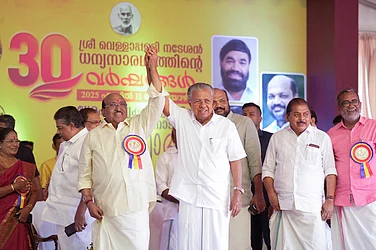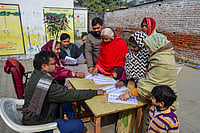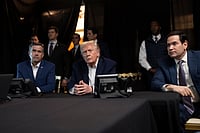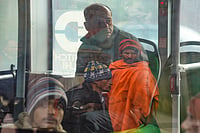OTHER than the state autonomy report recommendations, there are two other reports that have a substantial bearing on the emerging situation in Jammu and Kashmir. One is the Regional Autonomy Committee report submitted on April 13, 1999. The other is a report prepared by the Kashmir Study Group (KSG). The KSG report examines "three fundamental ideas":
The KSG says: "Under any of these formulae, we anticipate that on the Indian side of the LoC, the areas that choose to join a Kashmiri entity would be those imbued with Kashmiriyat".
The KSG is said to have been founded by Farooq Kathwari, a Kashmiri who went to the US in 1965. Now in his mid-fifties, he is chairman, ceo and president of Ethan Allen Inc, one of the world's largest manufacturers and retailers of furniture.
The KSG consists of 26 members including Kathwari. Others have a diplomatic/academic background with interest in the region. They are Democrat Congressmen Gary Ackerman and James Leach; Senator Torricelli (Democrat); Dr Marshall Bouton of the Asia Society; and ambassadors Robert Oakley, Howard and Teresita Schaffer.
The KSG report was "released" about a month before Clinton visited India. The proposals were circulated in government circles both in India and Pakistan. They also found their way to Kashmir. Subsequently, Kathwari travelled to India and met Farooq Abdullah on March 8 for about an hour. A Chennai-based business daily quoted state chief secretary Ashok Jaitly as saying that the initiative for the meeting "was not ours" and that "the highest quarters were consulted before it was held". It is also possible that in addition to the CM, Kathwari may have met other persons in New Delhi who occupy the top-most echelons of power and are in the Kashmir policy loop. It is more than a matter of coincidence that the Centre is engaged in trying to accommodate the aphc in the political mainstream, after Clinton's visit. The president had, during the visit, stressed on a broader participation of Kashmiris.
Further, there appear to be distinct similarities between the KSG report and the Regional Autonomy Committee report. The KSG report, besides suggesting that the Kashmiri entity have its "own secular, democratic constitution, as well as its own citizenship, flag and legislature which would legislate on all matters other than defence and foreign affairs", also proposes a single Kashmiri entity on the Indian side of the LoC. This is more or less consistent with the pre-1953 mantra now zealously adopted by Farooq Abdullah. The KSG further suggests detailed geographical realignments that would in effect give supreme currency to the homogeneity principle in terms of religion/language/ethnicity.
One of the terms of reference of the Regional Autonomy Committee was "to examine, consistent with the integrity of the state and to promote better involvement and participation of people in different regions for balanced political, economic, education, social and cultural development, evolving of instrumentalities, like local organs of power at all levels". Page 4 (paragraph 9) of the report says: "The ethnic groups located in diverse regions of J&K are claiming status (economic) and recognition (political and cultural) equal to other groups. It's a legitimate demand...."
The committee proposes the division of the state into regional and provincial councils which would uphold the homogeneity principle. It recommends that the existing three historical formations of Kashmir, Jammu and Ladakh be divided into eight new entities: Kamraz, Nundabad, Maraz, Chenab Valley, Jammu, Pir Panjal, Ladakh and Kargil. Significantly, both the KSG report and the Regional Autonomy Committee report are based on demographic and other details available from the 1981 census. No census was taken in J&K in 1991.







